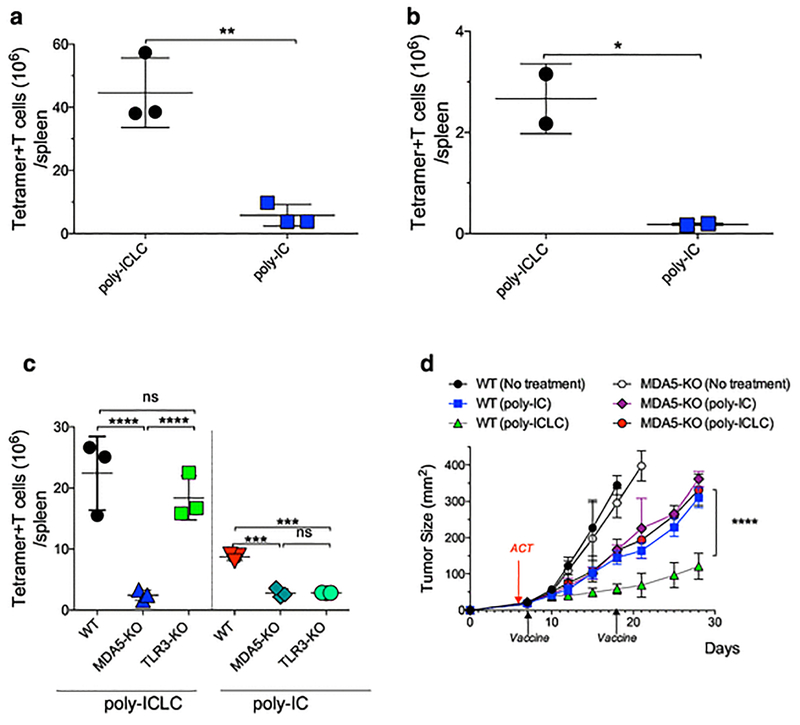Fig. 3. Differences in poly-IC formulations affect CTL responses.
a, WT mice received 105 naïve OT-I cells followed by prime-boost vaccination (administered 14 days apart) with pam-Ova with poly-ICLC or poly-IC and the OT-I cells numbers in spleens were measured 7 days after the boost. b, Similar experiment as in a, except that endogenous CTL responses to the Trp1 epitope were evaluated. c, WT, TLR3-KO or MDA5-KO mice were vaccinated and evaluated as described in a. d, WT and MDA5-KO mice were inoculated s.c. with 3×105 B16F10 melanoma cells followed by ACT of 105 naïve TgTR1 CTLs on day 6 after tumor inoculation. Mice were vaccinated on days 7 and 18 with pam-Trp1 using either poly-ICLC or poly-IC. Tumor growth was monitored over time measuring two opposing diameters. Results are presented for individual mice (each symbol) with the mean ± SD for each group (a–c) or mean tumor size for 5 mice/group with SD (d).

